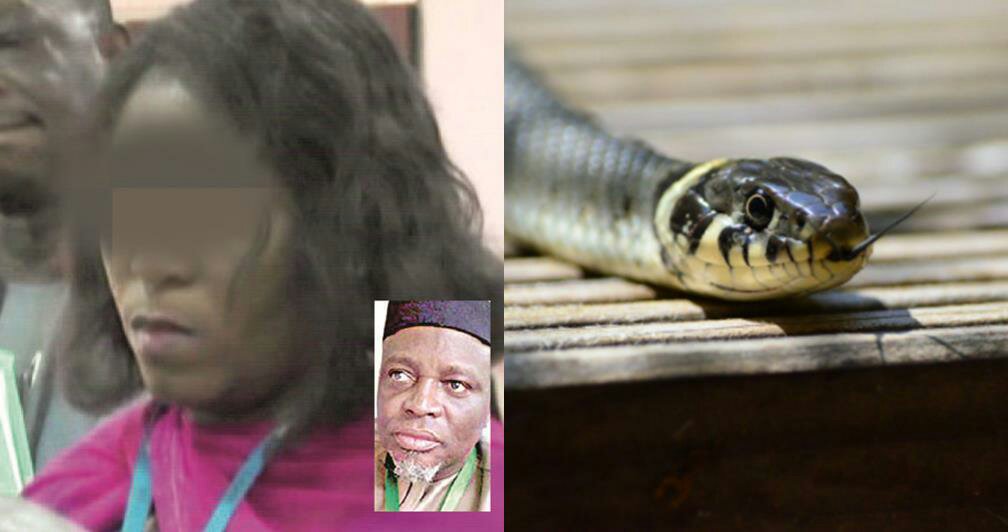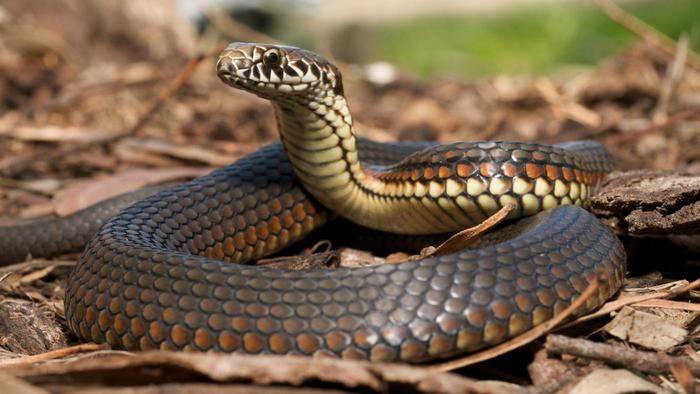Shortly after a man killed a rattlesnake in his backyard, the rattlesnake’s severed head bit and injected venom into the man, seriously injuring him, according to news reports.
The answer has to do with the snake’s physiology. Snakes are cold-blooded creatures, meaning they get heat from external sources, such as sunlight and warm surfaces.
Because snakes don’t need to internally maintain their body temperature, they don’t need as much energy — which is burned up using oxygen — as warm-blooded “endotherms” do, said David Penning, an assistant professor of biology at Missouri Southern State University who wasn’t involved in the Texas case.
If a mammal loses its head, it will die almost immediately. But snakes and other ectotherms, which don’t need as much oxygen to fuel the brain, can probably live on for minutes or even hours, Penning said.
“Severing the head isn’t going to cause immediate death in the animal,” Penning told Live Science. “It doesn’t need that much oxygen in the first place.”
Granted, the snake might not have been self-aware that it no longer had a body. Rather, it likely just felt the pain from the decapitation and then tried to defend itself, Penning said.
READ ALSO: 10 plants to help protect you, your yard from snakes
Meanwhile, there’s some debate about whether venomous snakes inject more venom into large animals than they do into small animals, and if they do, whether they consciously make that decision, said Scott Boback, an associate professor of biology at Dickinson College in Pennsylvania who also wasn’t involved with the Texas man’s case.
While the venom question isn’t settled, “I would venture to guess that the reaction of a decapitated snake was just an involuntary one,” and that the snake was not controlling how much venom it injected into the man, Boback told Live Science. This may explain why the man had to receive so much antivenom at the hospital — 26 doses, Sutcliffe told KIII, which is far more than most patients need.
If you encounter a rattlesnake, the best option is to move away from the snake and leave it alone, Penning said. Rattlesnakes aren’t known to chase people, he noted. Instead, call your local fish and wildlife department, which will safely remove the snake.

 Health & Fitness3 days ago
Health & Fitness3 days ago
 Education1 week ago
Education1 week ago
 Featured7 days ago
Featured7 days ago
 Aviation5 days ago
Aviation5 days ago
 Business1 week ago
Business1 week ago
 Business7 days ago
Business7 days ago
 Crime1 week ago
Crime1 week ago
 Aviation4 days ago
Aviation4 days ago



